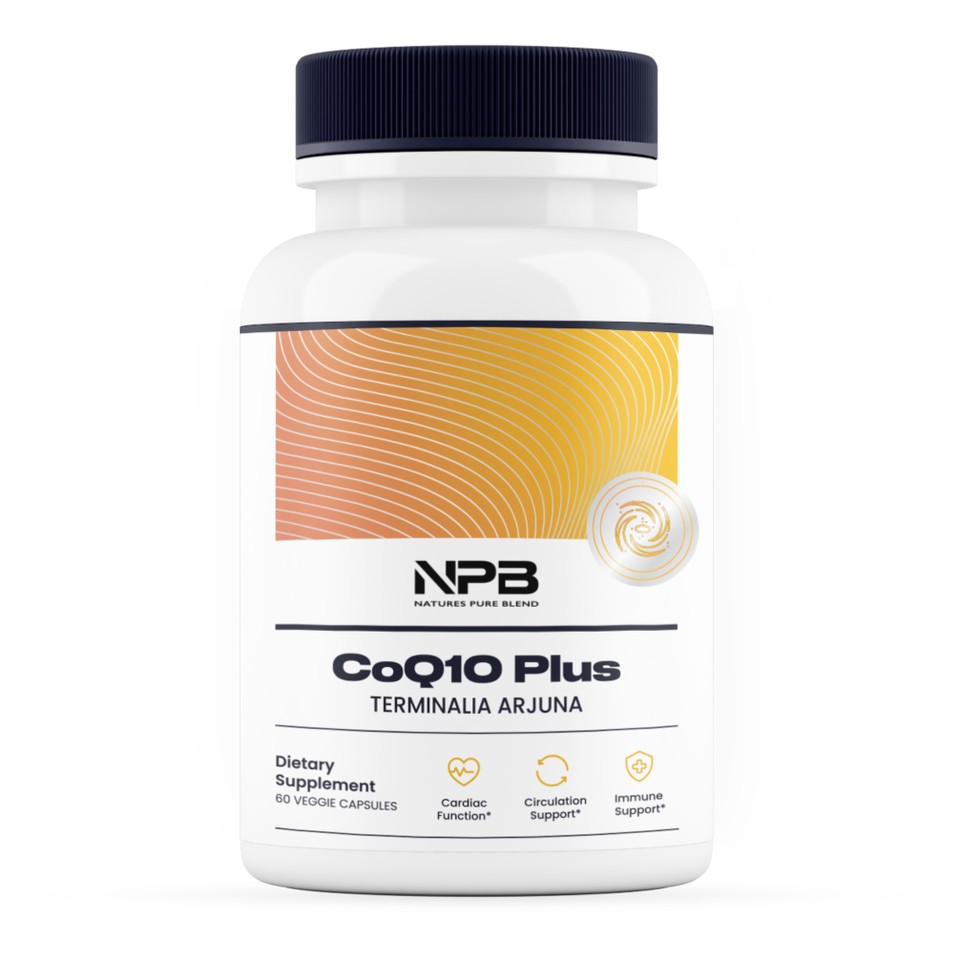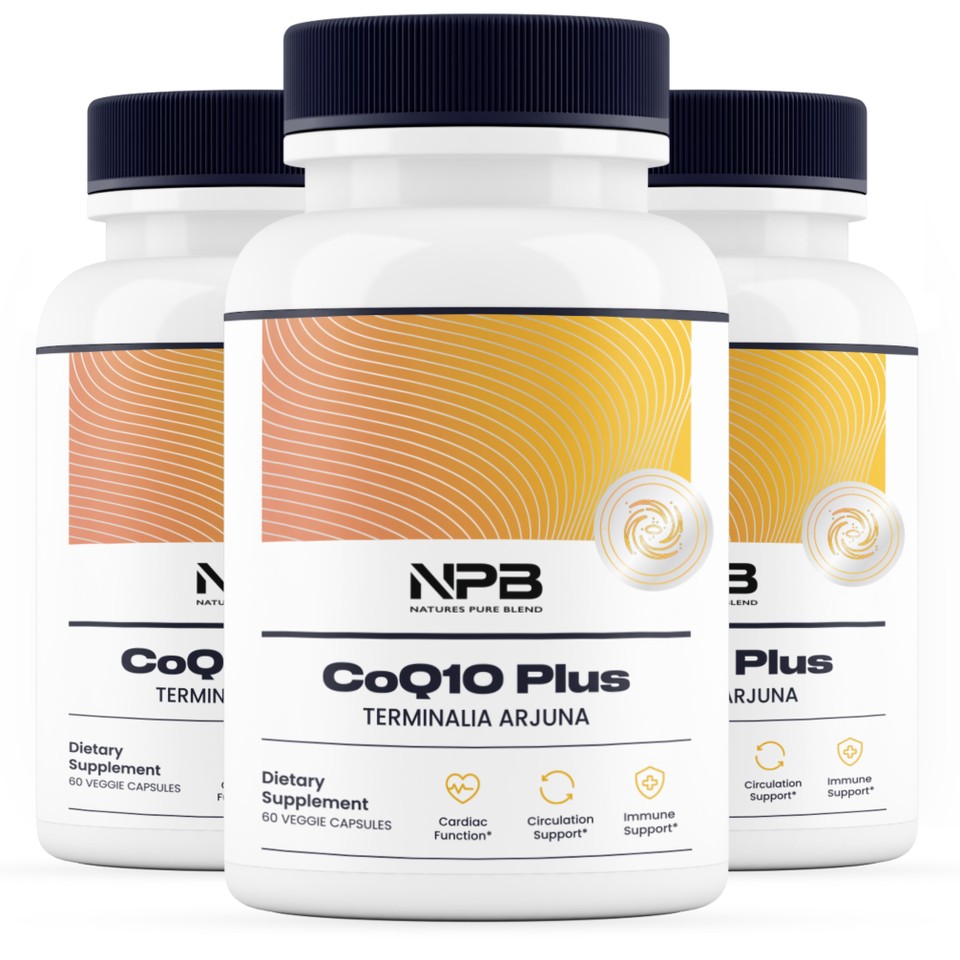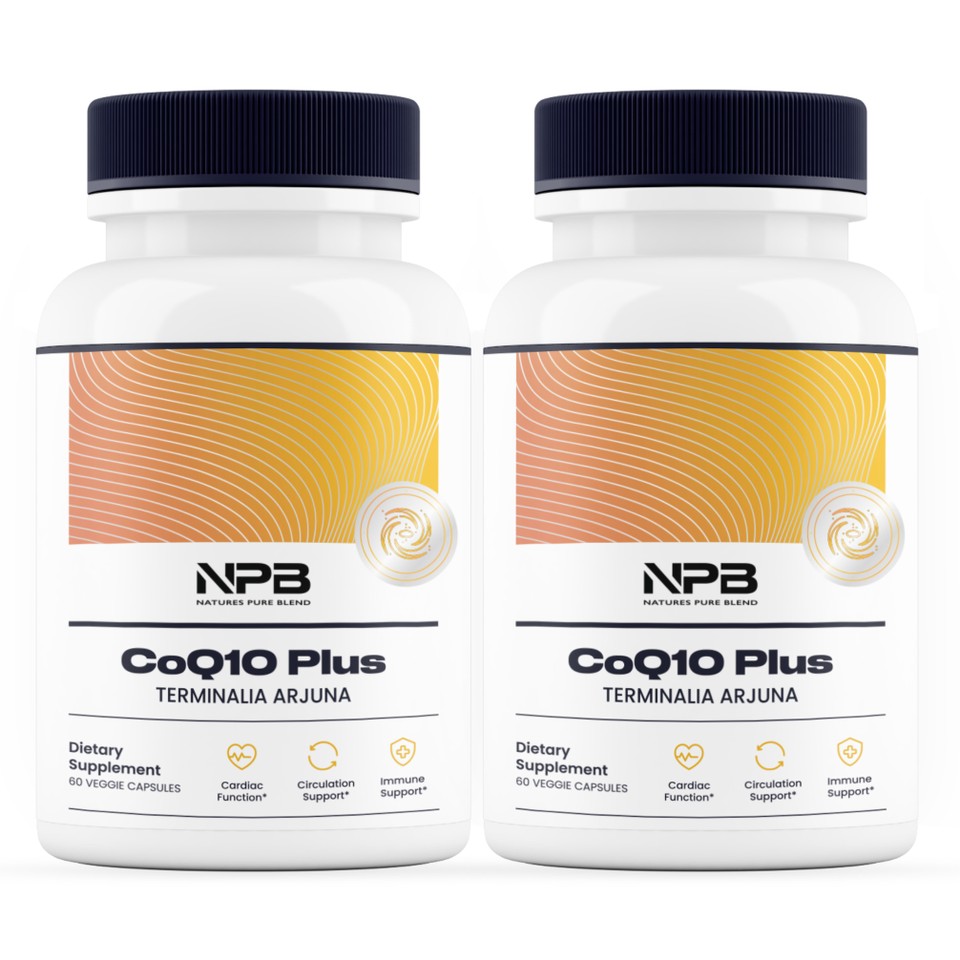Free Shipping On All Orders $99+
6 Warning Signs Your Cholesterol Needs Attention
When it comes to maintaining optimal health, cholesterol often plays a starring—though sometimes silent—role. High cholesterol levels don’t usually present obvious symptoms at first, allowing them to quietly contribute to serious health issues like heart disease, stroke, and peripheral artery disease. This is why regular check-ups and blood tests are crucial. Still, there are some subtle changes and potential warning signs that may indicate your cholesterol could be creeping into unhealthy territory. Below are six signs to watch for, along with tips on what to do if you notice them.
1. Persistent Fatigue or Shortness of Breath
It’s normal to feel tired after a long day or experience breathlessness after an intense workout. But if you find yourself frequently feeling run-down or out of breath without a clear reason, it might be a subtle hint that your heart is working harder than it should. Elevated cholesterol contributes to plaque buildup in your arteries, reducing blood flow and oxygen delivery. Over time, this can lead to feelings of persistent fatigue and difficulty catching your breath, especially during routine activities. 1, 2
2. Chest Pain or Tightness
While chest pain is most commonly associated with heart conditions, it can be an indirect sign that your cholesterol is out of control. Arteries narrowed by plaque don’t allow for smooth blood flow, causing the heart to strain. If you experience unexplained chest pain, tightness, or pressure—especially if it occurs during activity or stress—it’s worth bringing up to your healthcare provider. Keep in mind that chest pain is always a reason for prompt medical evaluation, regardless of suspected cause. 3
3. Leg Pain and Numbness
If you notice cramping, pain, or numbness in your legs while walking or climbing stairs, it could be a warning sign of peripheral artery disease (PAD), a condition often linked to high cholesterol. Poor circulation in the extremities can indicate that plaque buildup is not just impacting coronary arteries but other blood vessels as well. Don’t dismiss recurring leg discomfort as just “getting older” or “being out of shape.” Discuss it with your doctor, who may recommend tests to assess your blood flow and cholesterol levels. 4
4. A Yellowish Tinge Around Your Eyes
One of the few visible indicators of high cholesterol is the appearance of small yellowish deposits near the eyelids—known as xanthelasma. Though not harmful in itself, xanthelasma can be a red flag that your blood lipid profile needs attention. If you spot any unusual bumps or discoloration around your eyes or other parts of your skin, it’s a good idea to get your cholesterol levels checked. 5
5. Unexplained Erectile Dysfunction
For men, erectile dysfunction (ED) can sometimes serve as an early warning sign of high cholesterol and cardiovascular problems. Healthy blood flow is essential for maintaining an erection, and compromised blood vessels due to plaque buildup can interfere with normal function. If ED occurs frequently and can’t be traced to other common causes—such as stress, anxiety, or hormonal changes—it may be time to investigate potential underlying cholesterol issues. 6
6. Memory Lapses and Brain Fog
Your brain relies on a steady supply of nutrient-rich, oxygenated blood. When blood vessels are narrowed by plaque, cognitive functions like memory, concentration, and mental clarity can suffer. Occasional forgetfulness happens to everyone, but if you’re noticing persistent brain fog or difficulty focusing, it could be worth exploring whether cholesterol-related circulation problems play a role. 7
What to Do if You Notice These Signs
If any of these symptoms sound familiar, don’t panic—but do take action. Schedule an appointment with your healthcare provider to discuss your concerns and undergo a cholesterol check. Simple blood tests (often called a “lipid panel”) can determine whether your cholesterol levels are in a healthy range.
In the meantime, you can adopt lifestyle changes that support healthy cholesterol levels, including:
-
Eating a Balanced Diet: Focus on whole grains, lean proteins, plenty of vegetables, fruits, and heart-healthy fats like avocados and olive oil.
-
Staying Active: Aim for at least 30 minutes of moderate exercise most days of the week.
-
Maintaining a Healthy Weight: Losing even a small amount of excess weight can improve cholesterol and other risk factors.
-
Quitting Smoking: Smoking damages blood vessels and accelerates plaque buildup, while quitting has immediate and long-term health benefits.
-
Limiting Alcohol: Drink in moderation, if at all, to help manage cholesterol and blood pressure.
When to Seek Immediate Help
Signs like sudden chest pain, severe shortness of breath, or confusion can indicate a more urgent situation. Don’t hesitate to seek immediate medical attention if you experience severe or worsening symptoms.
The Bottom Line
High cholesterol can be a silent and stealthy foe, but by knowing what to watch for, you can catch subtle warning signs before they lead to more serious issues. Stay informed, get regular check-ups, and take proactive steps—through diet, exercise, and lifestyle adjustments—to ensure your cholesterol levels support a long, healthy life. If you suspect any problem, consult a trusted healthcare professional to guide you through the next steps.
Try CoQ10 Plus To Help Support A Healthy Heart & Cholesterol Levels*
Join Our Community Of Health Lovers & Get Special Deals
Receive study-backed health tips, exclusive email deals, and more.
†Disclaimer: These statements have not been evaluated by the Food and Drug Administration. These products are not intended to diagnose, treat, cure or prevent any disease. Product results may vary from person to person.




